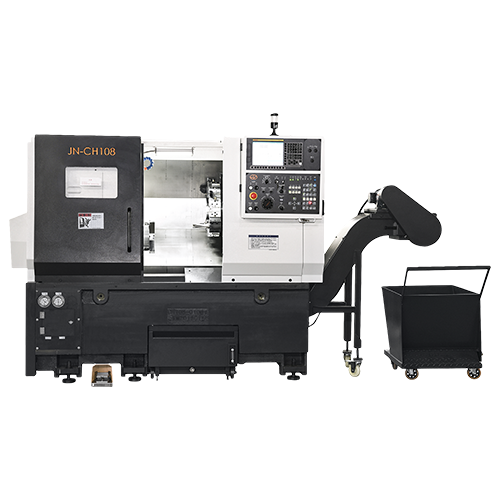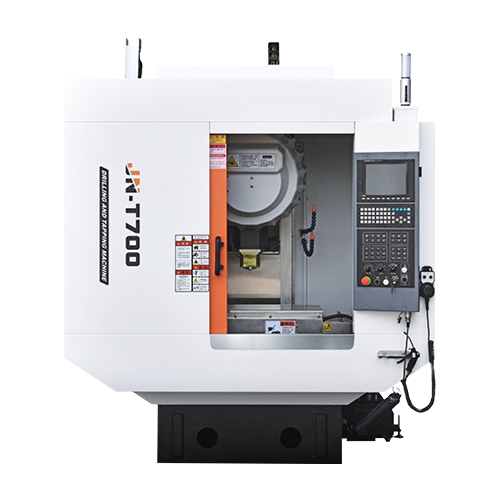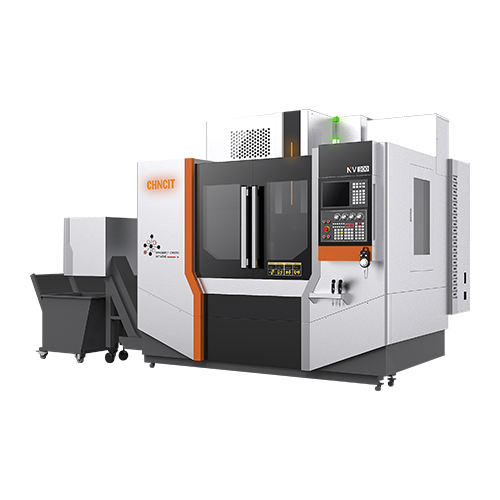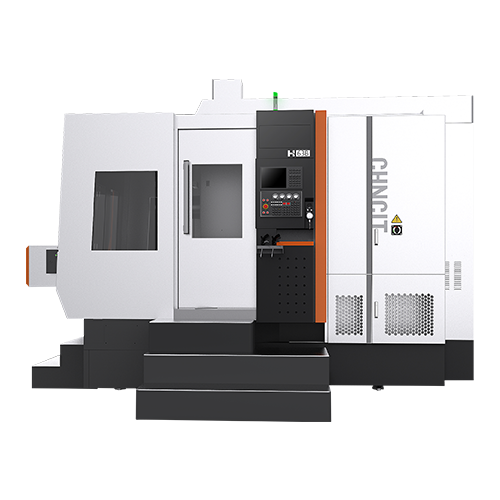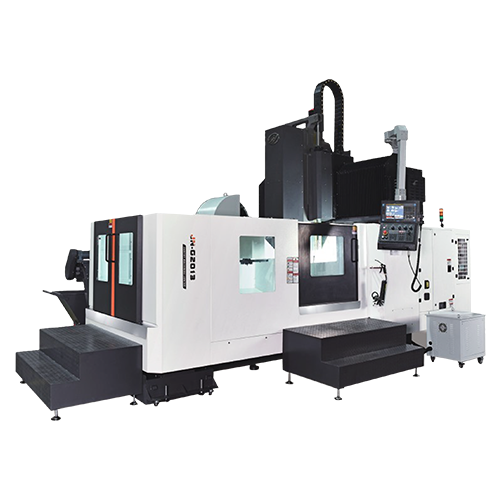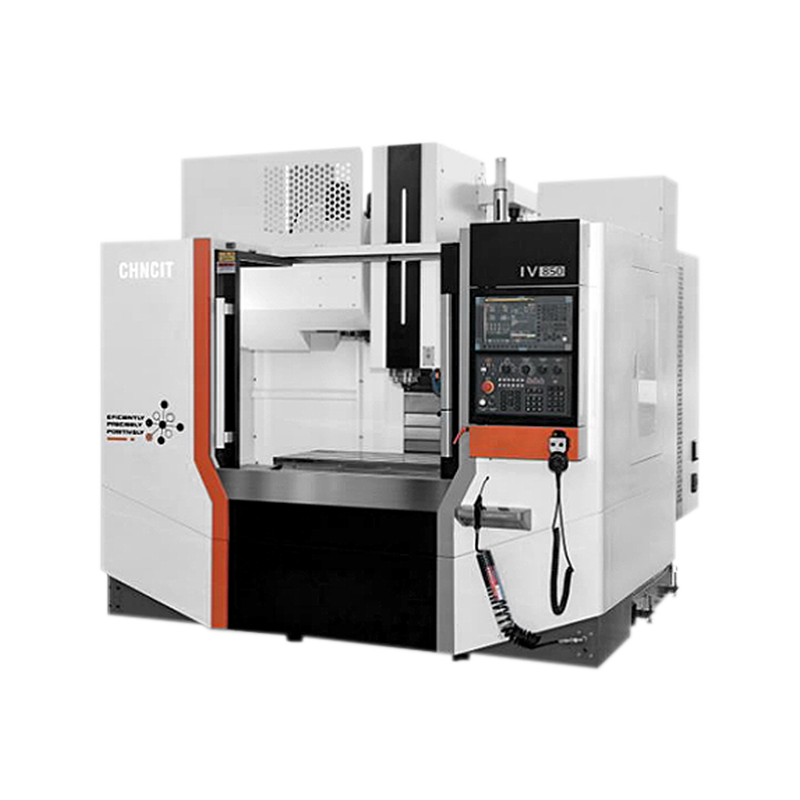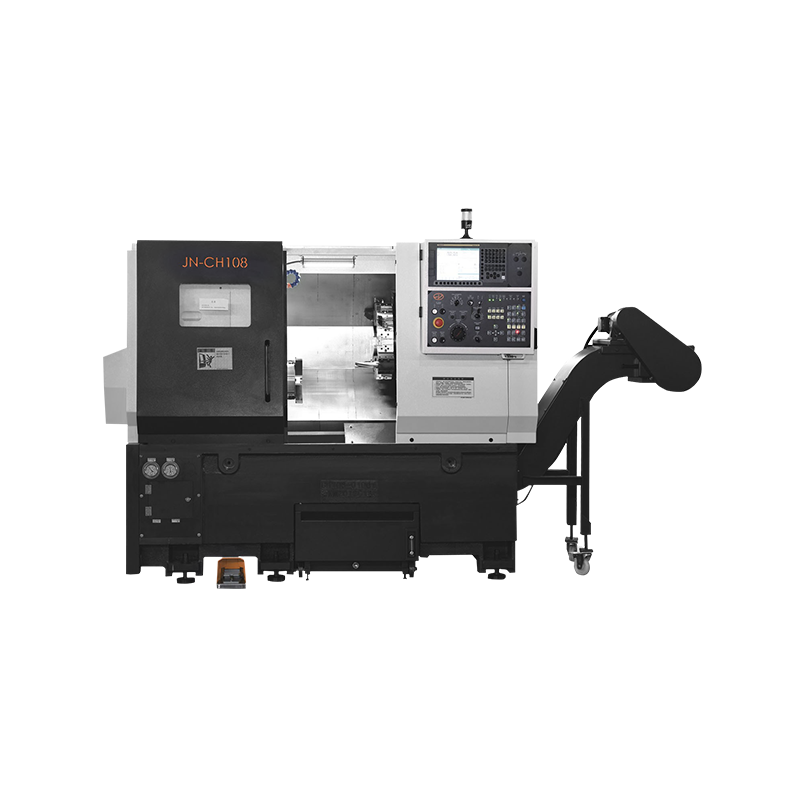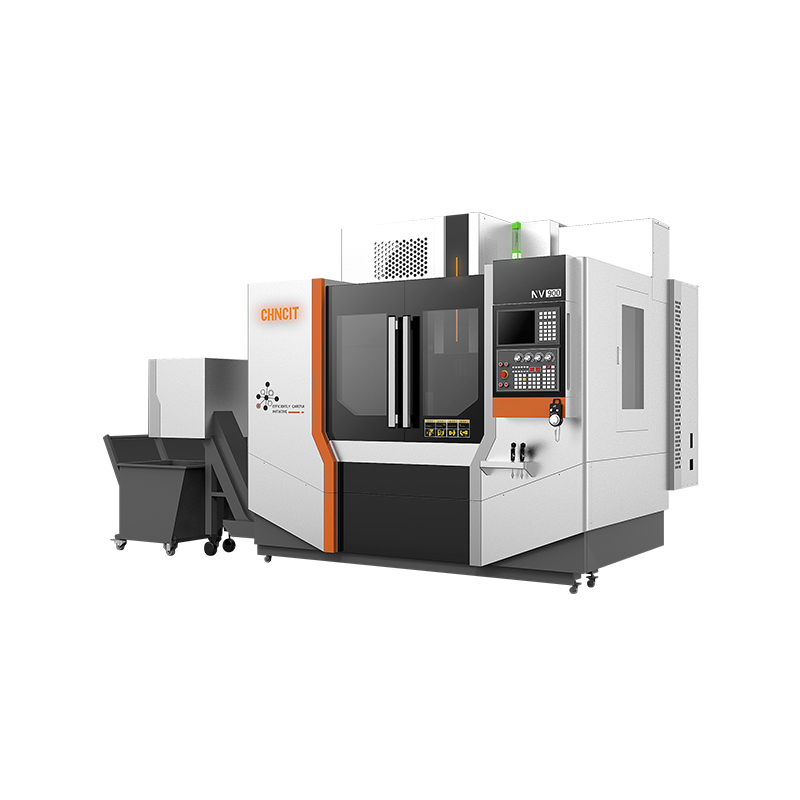-
 WHATSAPP
WHATSAPP -
 INS
INS -
 WECHAT
WECHAT
Multi-Axis Lathe Milling Machines Gain Industrial Demand
Multi-axis machining is becoming more and more important in today's manufacturing environment to satisfy complex part requirements. At Jiangnan CNC Lathe Factory, our CNC lathe and milling machine solutions include multi-axis capabilities designed to tackle intricate geometries with high efficiency and accuracy.
1. What Are Multi-Axis Machines and Why They Matter
Traditional CNC machining typically operates along three linear axes—X, Y, and Z. Multi-axis machines add rotational axes, often referred to as A, B, and C, allowing the tool or the part to rotate during the machining process. This capability enables:
Machining of complex geometries that are impossible or inefficient with 3-axis machines.
Reduction of manual repositioning and setups, which minimizes errors and saves time.
Improved surface finishes due to continuous tool engagement and good cutting angles.
The more common multi-axis setups include 4-axis and 5-axis machines, widely used in industries requiring intricate parts.
2. Industrial Sectors Driving Demand
The rise in industrial demand for multi-axis CNC lathe and milling machine solutions is closely linked to the evolving requirements of several key sectors:
Aerospace and Defense: Components such as turbine blades, engine parts, and structural elements often require complex curves and precise tolerances. Multi-axis machining reduces lead times and enhances quality.
Automotive Industry: Modern engines, transmission parts, and lightweight alloy components benefit from multi-axis machining’s flexibility and precision, allowing manufacturers to meet stringent performance and safety standards.
Mold and Die Making: Multi-axis machines allow mold makers to produce detailed molds with complex undercuts and surfaces in fewer setups, speeding production cycles and improving mold accuracy.
3. Benefits of Multi-Axis Machining in Our CNC Lathe Factory
3.1 Greater Precision and Surface Quality
Continuous control over multiple axes means the tool maintains good orientation, producing smoother surfaces and finer detail.
3.2 Time and Cost Efficiency
Reducing the need for multiple setups lowers setup time and reduces human error. This leads to shorter cycle times and less scrap, directly impacting production costs.
3.3 Enhanced Capability for Complex Parts
Manufacturing parts with challenging geometries such as deep cavities, angled holes, or compound curves becomes practical and more efficient.
4. Our Multi-Axis CNC Lathe And Milling Machine Solutions
At Jiangnan CNC Lathe Factory, we offer a range of multi-axis machining equipment designed to meet diverse customer needs:
5-Axis Vertical Machining Centers: Ideal for small to medium complex parts requiring high precision.
4-Axis Horizontal Machining Centers: Suitable for components with rotational symmetry or indexed machining requirements.
Gantry Machining Centers: Equipped with multi-axis heads for large, heavy, or awkwardly shaped parts, offering both precision and rigidity.
Customized Configurations: We provide tailored solutions combining multi-axis capabilities with automation options for specific production workflows.
5. Software and Programming Support
Multi-axis machining requires advanced CAM software capable of generating complex toolpaths. Our factory supports:
Integration with popular CAM platforms that streamline multi-axis programming.
Optimization of toolpaths for maximum efficiency and surface finish quality.
Training programs to empower operators and programmers to fully exploit machine capabilities.
6. Implementation and Customer Support
We work closely with customers from project inception to post-installation support:
Consultation: Analyze production requirements to recommend the right multi-axis machine configuration.
Installation & Training: Provide comprehensive machine setup and operator training for seamless adoption.
After-Sales Service: Offer maintenance, troubleshooting, and upgrades to keep multi-axis machines operating at peak performance.
If you want to explore how multi-axis machining can enhance your production capabilities or require a tailored solution, please contact us. Our team is ready to guide you through the process and provide expert support for your machining needs.

